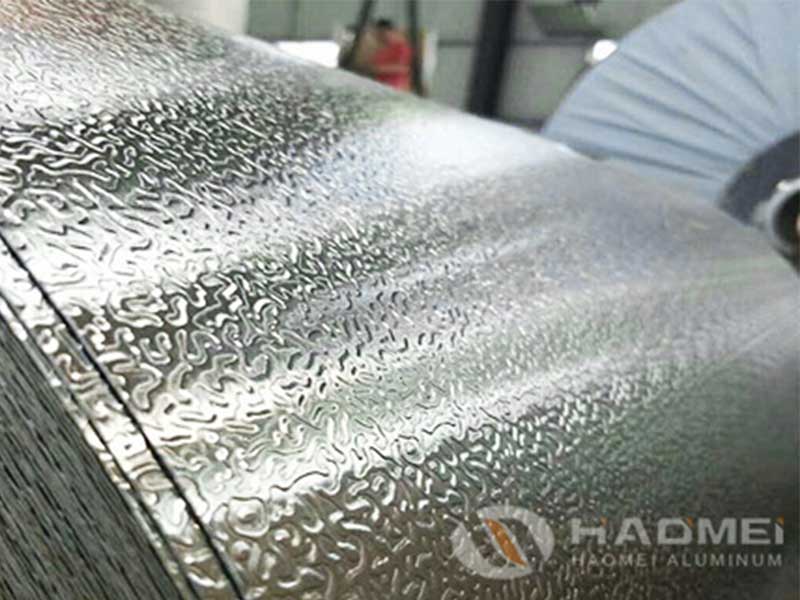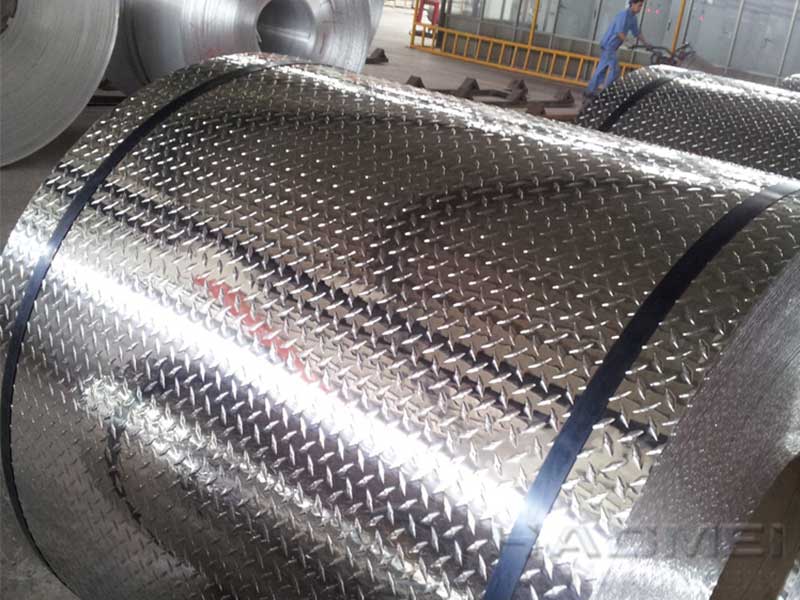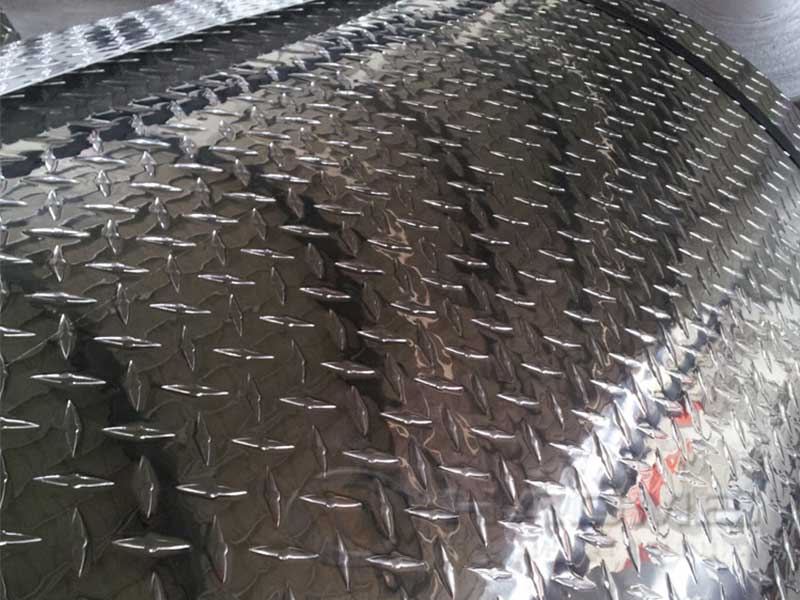Anti slip aluminum stair tread
When we think of stair safety, the usual images might be rubber mats or textured paint. However, the modern landscape of architecture and industrial design increasingly turns towards more durable, efficient, and visually appealing solutions — and anti-slip aluminum stair treads exemplify this trend brilliantly.
Anti-Slip Aluminum Stair Treads: A Material-Science Synopsis
At its core, an anti-slip aluminum stair tread is an engineered profile typically fabricated from aluminum alloys — favored not only for their lightweight but also favorable strength-to-weight ratio, exceptional corrosion resistance, and machinability. The allure of using aluminum aligns with safety upgrades because abrasive surface features synergize perfectly with the material’s durability.
Chemical Composition and Associated Standards
Most anti-slip treads employ Aluminum 6063 alloy or variants near this chemical makeup, because it meets both structural integrity and workability goals. Refer to typical chemical composition:
| Element | Composition (%) |
|---|---|
| Aluminum (Al) | Balance (~97.9%) |
| Magnesium (Mg) | 0.45 - 0.90 |
| Silicon (Si) | 0.20 - 0.60 |
| Iron (Fe) | ≤ 0.35 |
| Copper (Cu) | ≤ 0.10 |
| Manganese (Mn) | ≤ 0.10 |
| Zinc (Zn) | ≤ 0.10 |
These limits frame the alloy under ASTM B221 — a critical standard guiding extrusion quality, tensile strength (average 190–240 MPa), and oxidation resistance that direct anti-slip performance consistency throughout use.
Temper Designation
A common temper specification such as 6063-T5 (artificially aged after extrusion) ensures moderate strength balanced against optimum surface hardness essential when building textured anti-slip profiles.
Engineered Anti-Slip Features: Combining Material Science with Geometry
The true genius behind these stair treads lies in their multi-dimensional approach:
Profile Design: Raised ribs, dimples, perforations, or serrated angular patterns sculpt the tread surface directly during production or finish machining. Each tactile geometry extracts maximum friction coefficients generally exceeding 0.8 static mu, well beyond bare metal or smooth painted surfaces that hover around 0.3-0.4.
Surface Treatments: Post-extrusion treatments such as anodizing (thicker than commercially pure aluminum) guard against pitting corrosion while supporting enhanced abrasive characteristics by locking in grit impregnations or micro-pattern hardness.
Weight & Thickness Optimization: Engineering standards require a thickness range of roughly 2.0 mm to 5.0 mm depending on traffic severity to avoid depletion but hold corrosion-immune lightness, vital in stair fabrication for maintaining structure vs. uplift needs outlined repeatedly in building codes such as OSHA Standard 1910.25 and the International Building Code (IBC).
Diverse Applications Bringing Innovation to Life
Industrial Use in Raw and Hazardous Areas: Factories with oily, wet, or particulate-laden floors pressing safety needs. Aluminum stair treads equipped on catwalks ensure consistent loading, cold temperature resilience, and limited maintenance cycles.
Commercial and Public Venues: Government buildings, transit stations, airports utilize multi-pattern aluminum threads that are not just safe and durable but also customizable in form, allowing their brand and functional aesthetics to coexist.
Residential and Outdoor Staircases: Longer-lasting than wood or rubber alternatives with natural UV/stain proof options, prepping homes for both design leverage and ongoing wet surface safety.
Marine Environments: Saltwater resistance plus nickel-aluminum bronze stupospheres means anti-slip aluminum treads govern ship gangways and marina platforms due to crash-impact resilience coupled with corrosion protection inherent in alloy design.
Technical Installation Notes: Assuring Maximum Safety Compliance
Anchoring System: Utilizing mechanical fasteners aligned with tread slots guard against displacement, plus slight expansion slots accommodate thermal variation without material fatigue-induced failure risks.
Stair Dimensioning Requirements: Custom-correlated to riser-unit geometry specificity complying with ladder and platform regulations in the General Industry Standards (OSHA 29 CFR 1910 Subpart D).
https://www.alusheets.com/a/anti-slip-aluminum-stair-tread.html






